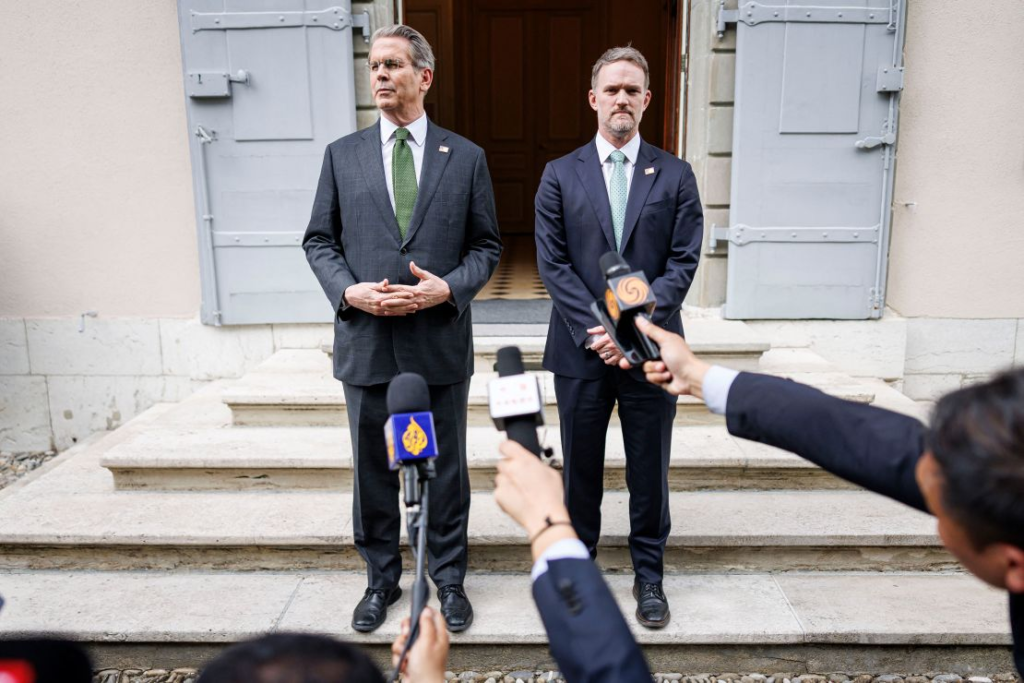Introduction
As President Donald Trump embarks on his first major foreign tour of his second term, a significant diplomatic breakthrough with China has already given him a notable “win” to tout. The announcement of new cooperative agreements and a softening of long-standing trade tensions has energized the administration’s international messaging. This article breaks down the top five takeaways from the China deal and what it signals for global politics.



1. Resumption of Strategic Economic Dialogue
The U.S. and China have agreed to reinitiate the Strategic Economic Dialogue, which had been dormant since 2018. The renewed dialogue opens channels for resolving disputes over tariffs, intellectual property, and supply chain coordination. Trump praised this as a “reset in economic trust” between the world’s two largest economies.
2. Limited Rollback of Tariffs
As part of the breakthrough, both nations have agreed to a limited rollback of tariffs imposed during the trade war. While not a full-scale dismantling of all sanctions, this move is being seen as a gesture of goodwill that could ease inflationary pressures in both countries.
3. Joint Task Force on Semiconductor Supply Chains
A new joint task force will tackle global semiconductor shortages by encouraging U.S.-China cooperation in R&D and production. Trump highlighted this as a “game-changer” for tech security and innovation, aiming to prevent bottlenecks that hampered industries during the COVID-era.
4. Climate Technology Exchange Program
In a rare bipartisan-approved move, the Trump administration agreed to launch a climate technology exchange program with China. This initiative allows both nations to share renewable energy technology and emissions-reduction practices. Although environmentalists remain cautious, it marks an unexpected green chapter in Trump’s second-term diplomacy.
5. Military Communication Re-established
One of the most critical outcomes was the reactivation of military-to-military communication hotlines. After several years of frozen defense dialogues, both Washington and Beijing have pledged to maintain open lines to avoid future miscalculations in the Indo-Pacific.
Conclusion
Trump’s China breakthrough appears to be more than a symbolic victory. From trade and technology to climate and military communication, these agreements represent real diplomatic traction. Whether these steps will lead to lasting change or face domestic pushback remains to be seen. Nonetheless, the optics provide Trump a strong narrative as he continues his international tour, with upcoming visits to Japan, India, and NATO headquarters.
Want to understand what’s next in U.S. diplomacy? Read our breakdown of Trump’s second-term foreign policy agenda.









